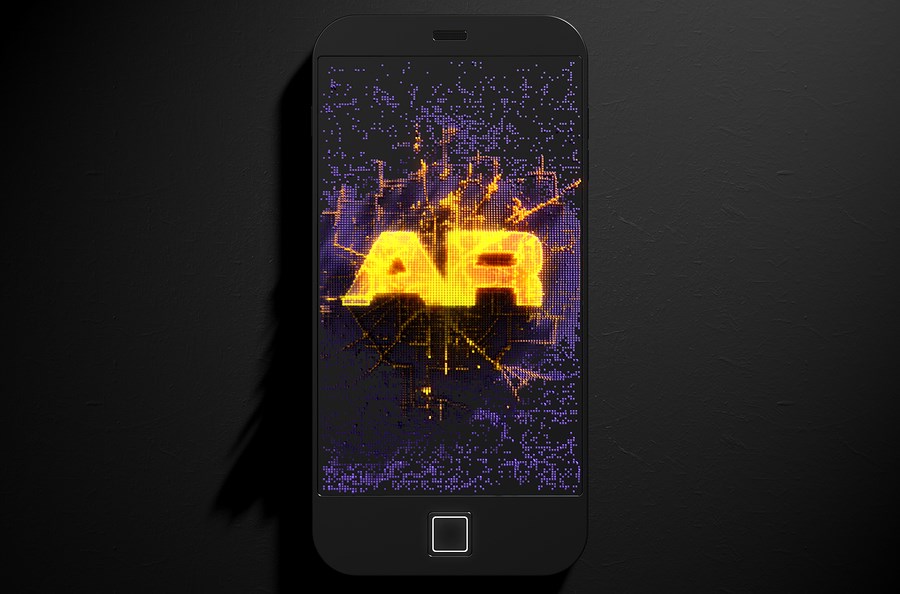A partnership between the Flin Flon Station Museum and Hapnot Collegiate will bring the past and the future together.
The project will see museum exhibits enhanced through augmented reality – AR for short. Through the technology, the museum can share more information and form an online archive of exhibits and artifacts.
“Augmented reality is taking your surroundings and embedding something over it in your phone,” said Daniel Dillon, a teacher at Hapnot.
“If you went to the museum and you scanned over a certain thing in the museum, it’s going to embed something on top of it - an image, a video, something.”
One of the main people involved in the project is Maddy Lies, a Hapnot student who has worked at the museum for multiple summers.
“Earlier in the year, the museum board asked me if I had any ideas for the museum. My go-to thing was, ‘Why don’t we get the school involved?’” said Lies.
Once Dillon got wind of the suggestion, he broached the idea of adding AR to the museum. Dillon has promoted several technology-related items at the school, including a virtual reality system and a 3D printing program.
In order to produce the AR system, Dillon and Lies will use an app called HP Reveal, which creates points in three-dimensional space that can be used to trigger specific actions. For instance, when a visitor holds their phone up over an item of clothing, information about the garment, including photos, video or text, will show up.
“Somebody can scan over an old curling iron and the curling iron will come up with the information that’s there, she can actually be heard reading it out. There could be an embedded video, so that when somebody scans over the piano, it shows somebody playing that piano from the 1950s,” said Dillon.
The program marks the not only the first time that augmented reality technology would be used in Flin Flon in such a way, but would make the museum the first of its size in Canada to utilize the innovation.
“To start, we’ll scan a few artifacts in each exhibit, some of the cooler ones that people might overlook. When people scan certain artifacts, something will come up. Hopefully, they’ll look through everything and not just miss things,” said Lies.
“I think to start, I’m going to go through the exhibits that we have. It’s almost like a game – bringing in the technology and making it like a scavenger hunt that will make people hunt through every artifact to find ones that they can scan.”
Applications for augmented reality are almost boundless. The tech can be used to provide real-time information about public locations, services, even people.
Both Dillon and Lies hope the new technology will help bring more people to the museum, including younger visitors, interesting them not only with the new spin on history but also with the exhibits themselves. They hope to have some exhibits up and running by this summer’s Flinty’s Birthday celebration.
“I think for younger people that come in or older people who want to check it out and figure out new technology, it gets people more involved. We have a really small museum but there are so many unique things in there that people just overlook that don’t stand out much,” Lies said.
“It’s about being able to do some innovative, creative things. If a kid comes in with an iPod or a phone or anything, then they have accessibility to this kind of stuff,” said Dillon.




